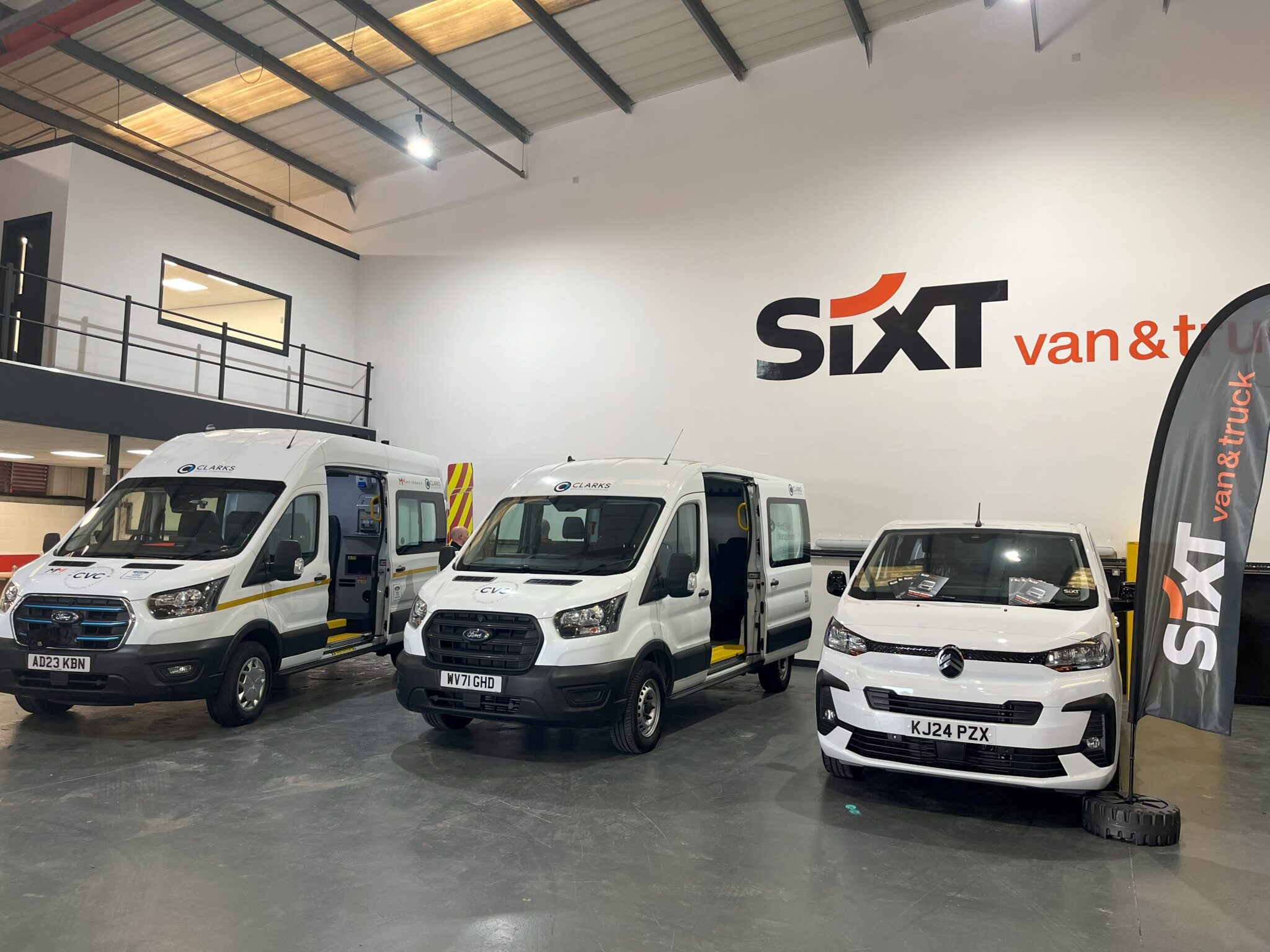UK electricals retailer AO has achieved 16% annual cost savings and reduced road incidents across its 1,000+ fleet of commercial vehicles by implementing advanced AI and fleet management solutions from Samsara, provider of the Connected Operations® Platform.
AO has more than 1,000 commercial vehicles equipped with Samsara’s advanced telematics technology and AI dash cams, with visibility of the entire fleet provided through Samsara’s Connected Operations platform.
By making Samsara’s platform central to its fleet operation, AO has increased operational efficiency, saving time, reducing costs and making work better for its drivers:
• Driver time has been saved by replacing manual vehicle walkarounds carried out with paper and pen with intuitive digital walkarounds using a Driver App
• Proactive, AI-driven vehicle maintenance has delivered 31% cost savings annually and an 8% reduction in tyre spend, despite completing more miles
• Insurance premiums have reduced by 25% due to reduced accident rates — proven through Samsara’s analytics.
Shaun Carter, Regional Manager at AO, comments: “Samsara is central to our operations—saving us time, helping us keep costs down, and making life easier for our drivers. We’ve got a single source of truth to monitor driver performance, track our fleet of vehicles, and provide training to the drivers that need it most.”
The Samsara technology has had a particularly positive impact on driver performance and attitudes to safer driving. Through Samsara In-Cab Alerts and AI dash cams, drivers are warned about any risky behaviour in real time and data is used to provide targeted coaching to its drivers. The introduction of a Driver Safety Score has driven competition between the drivers to enhance their road performance — raising safety standards across the business.

Carter explains: “The safety score is now a hugely important KPI as it demonstrates the work we’ve done and encourages drivers to compete amongst each other — and by proving that score we receive a discount on insurance premiums too. It’s about much more than cost savings though. Safer drivers means fewer accidents, more reliable deliveries, and, ultimately, happier customers.”
Philip van der Wilt, SVP and GM EMEA at Samsara, comments: “Connecting physical operations can have a transformative impact, as AO is demonstrating through improved efficiency, vehicle performance and road safety. By empowering businesses with full visibility and management of their fleet, Samsara is playing a pivotal role in enhancing the driver experience and the service they deliver to customers.”
similar news




